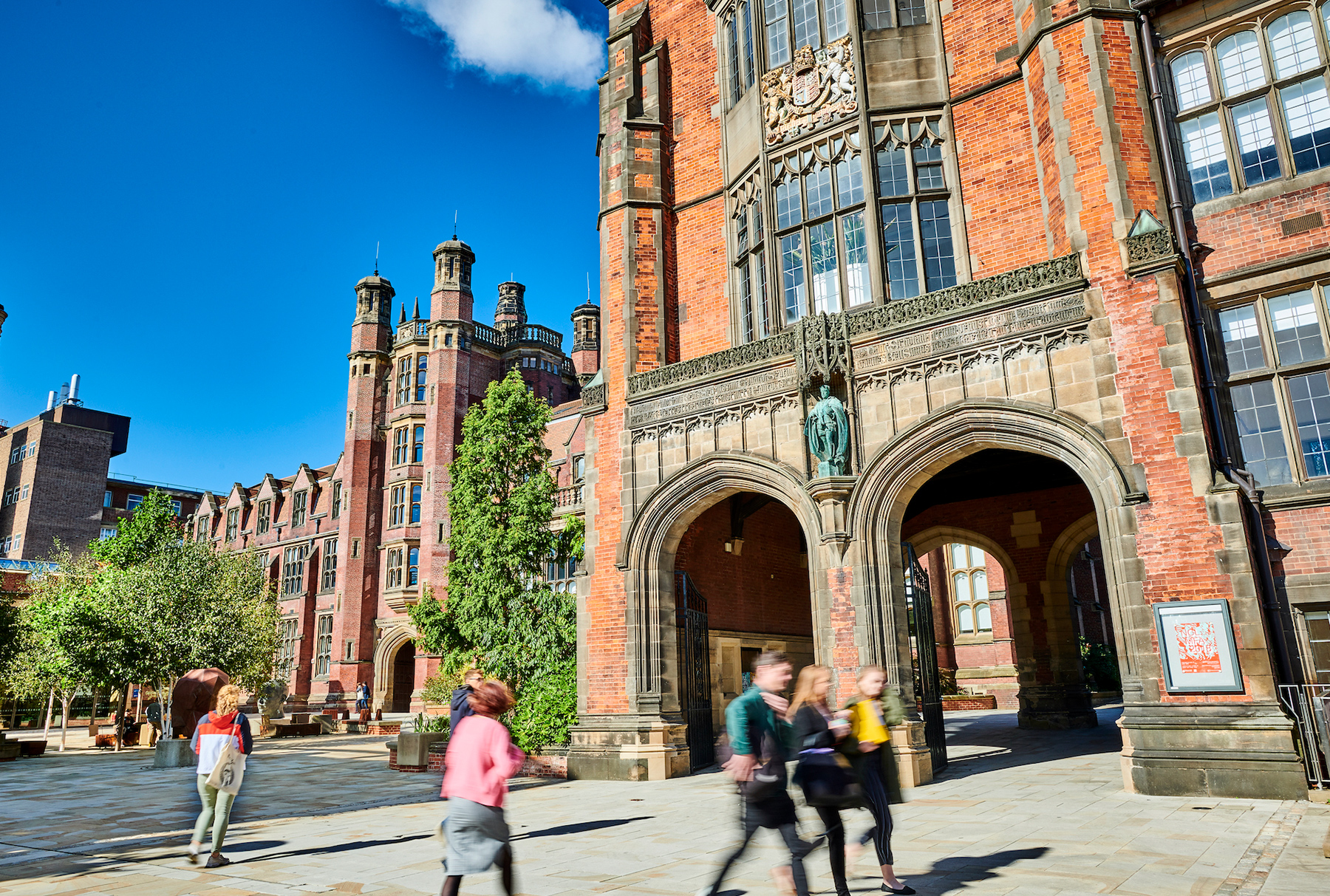New research experiment to support the RAF’s drive to Net Zero by 2040
The world’s smallest and lightest nodal seismic imaging system is being deployed by Newcastle University at RAF Leeming.
13 October 2022
The world’s smallest and lightest nodal seismic imaging system is being deployed by Newcastle University at RAF Leeming.
Newcastle University leads the ViTAL Living Lab, established to conduct and assess experiments to quantify RAF efforts to Net Zero carbon emissions. Currently, the MoD contributes around 50% of all government departmental carbon emissions, so the RAF has a significant challenge ahead if it is to decarbonise by 2040. Newcastle University is partnering with STRYDE, which helps organisations from around the globe to acquire a high-resolution imaging of the subsurface, to explore novel approaches to characterising the potential to harness geothermal energy for heating.
As part of the ViTAL Living Lab project, approx. 3,500 STRYDE Nodes™ have been deployed across more than 5km2 to image and better understand the subsurface geology. Taking place from June – August 2022, miniature seismic recording devices (Nodes) were deployed on the surface of RAF Leeming, with subsequently a low-impact seismic source (seismic weight drop) used to generate a geological image of the subsurface to be produced.
Advances in onshore seismic acquisition and processing can support accelerating the development of geothermal energy, which to date has been an underdeveloped resource. In the UK, geothermal has considerable potential to contribute to decarbonise heating and cooling, and effectively developing this resource will require acquiring geophysical data in a viable economic way to establish reliable subsurface models for exploration and continuous monitoring.
Geothermal potential
Dr Mark Ireland, Lecturer in Energy Geoscience at Newcastle University, commented: “In the UK, geothermal has considerable potential to contribute to decarbonising heating and cooling. In many cases, particularly in the UK, geothermal exploration has primarily relied upon existing legacy 2D data acquired for early oil and gas exploration, which faces several challenges due to data being limited in extent, not aligned to the exploration application, or optimally located. STRYDE’s Nodes™ have enabled us to plan and deploy a seismic survey that with more traditional, or cabled systems simply would not be feasible.
“We anticipate that the data acquired will enable us to gain valuable insights into novel processing workflows with the aim of improving our ability to image the subsurface and identify geothermal resources. All the time doing so cost effectively and with minimal environmental impact, in addition to minimising risk.”
RAF Leeming Station Commander, Group Captain Gareth Prendergast, said: “We are thrilled to be working with Newcastle University and the University’s partner STRYDE on the ViTAL Living Lab as part of our drive to Net Zero. With an ambitious target of Net Zero by 2040, the recent geophysical survey at the RAF Leeming base helps us identify the feasibility of geothermal energy as an alternative renewable energy to meet Station demand.”

